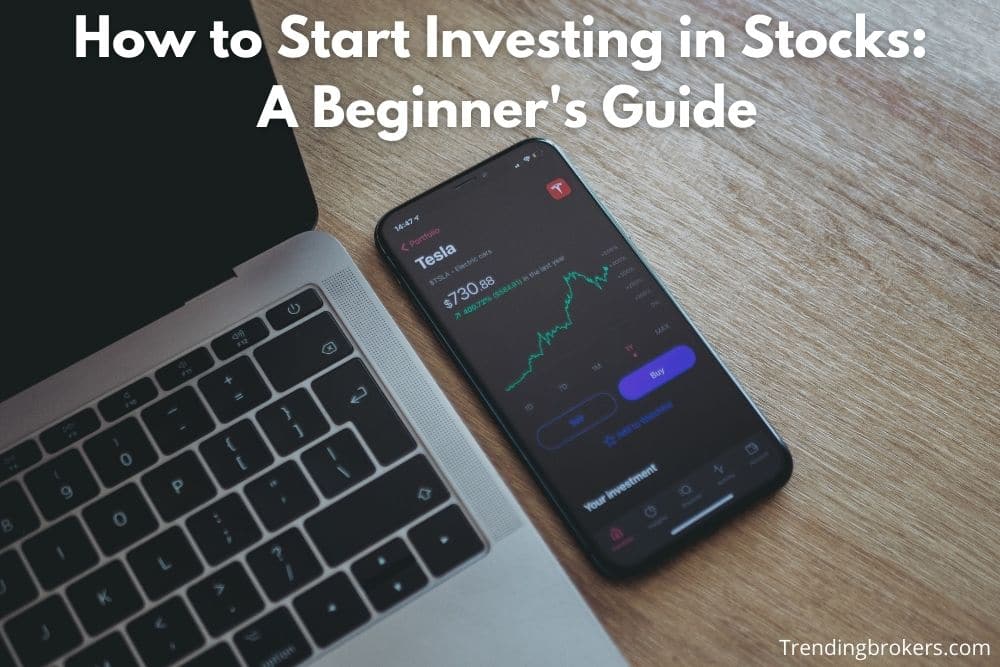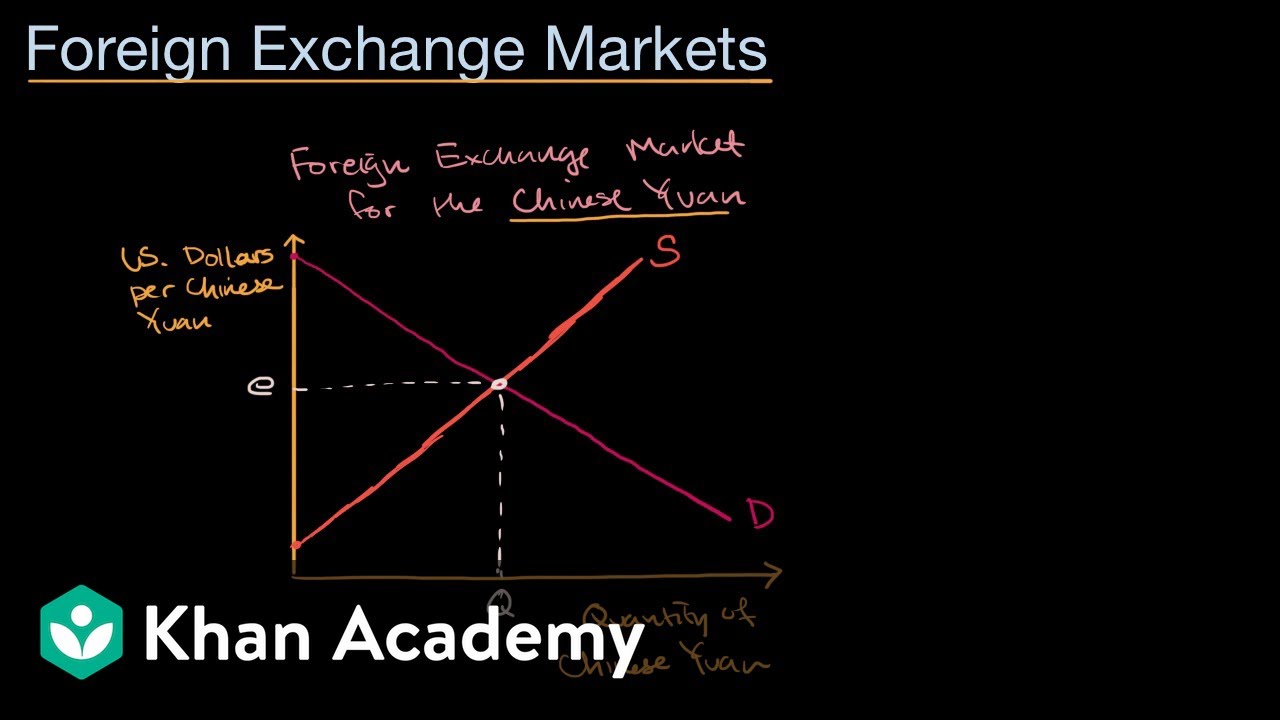
Many investors ask themselves, "How do I know when to sell a stock?" There are many factors that can help you answer this question. These factors include Market conditions, Intrinsic and extrinsic variables, Dividend cuts, and market conditions. Below we'll discuss some of the most common reasons for selling stock. You can find out the right time to dispose of a stock by reading on.
Extrinsic variables
Using a mix of extrinsic and intrinsic factors to determine when to sell a stock can help you make a smart investment decision. While some factors are directly related to the stock's performance, others are more related to investor's personal or financial circumstances. Sometimes, both the stock and the investor's lifestyle or finances can result in a sell. Let's take a look.

Intrinsic elements
Value investors need to be able to identify the intrinsic value of their stocks. You can use the price-to-earnings ratio to determine whether a stock's price is too high or too low compared to its earnings, as well as how its price compares to the prices of similar companies in the same industry. You must also be able to determine the stock price relative to future earnings.
Market conditions
It is a good idea to sell your stock if it has tripled or doubled in value. It is possible to sell it if you have other circumstances. One example is if a company has experienced dramatic changes in its operations or if the company's business model has been affected. All these reasons are good reasons to sell a stock before it becomes unsustainable.
Dividend cut
A company's financial health is indicated by a cut in dividends. It could also indicate financial systemic problems. A cut in dividends could indicate a merger or acquisition. In these instances, it could be prudent that you sell your position. It doesn't matter what the reason is, you can follow certain guidelines in order to determine if a reduction in dividends means it's time to exit.
Acquired company
You might be curious about how to sell stock of an acquired business. This guide can assist you. It covers key issues that both buyers and sellers should be aware of. The glossary also includes key terms. Each term can be explained in a PDF version. Once you have finished the guide, your shares can be sold. You may not be allowed to sell your shares without all the paperwork and documentation.

Poor performance
If a stock is underperforming compared to its competitors or the overall market, it may be time to sell it. Although it may seem tempting to keep a losing stock, it is important to remember that a slowing stock could indicate that the company is not being managed properly and losing ground to other companies. It could also be a sign that it is time to move to a more profitable company. It's important to realize that stock prices fluctuate in short periods and investors should not make any decision based on short-term data.
FAQ
Does it really make sense to invest in gold?
Since ancient times, the gold coin has been popular. It has been a valuable asset throughout history.
Like all commodities, the price of gold fluctuates over time. If the price increases, you will earn a profit. You will lose if the price falls.
It all boils down to timing, no matter how you decide whether or not to invest.
What do I need to know about finance before I invest?
You don't require any financial expertise to make sound decisions.
All you really need is common sense.
These are just a few tips to help avoid costly mistakes with your hard-earned dollars.
Be careful about how much you borrow.
Don't get yourself into debt just because you think you can make money off of something.
You should also be able to assess the risks associated with certain investments.
These include inflation, taxes, and other fees.
Finally, never let emotions cloud your judgment.
Remember that investing isn’t gambling. You need discipline and skill to be successful at investing.
These guidelines are important to follow.
What can I do to manage my risk?
You must be aware of the possible losses that can result from investing.
A company might go bankrupt, which could cause stock prices to plummet.
Or, a country's economy could collapse, causing the value of its currency to fall.
When you invest in stocks, you risk losing all of your money.
Stocks are subject to greater risk than bonds.
You can reduce your risk by purchasing both stocks and bonds.
You increase the likelihood of making money out of both assets.
Spreading your investments among different asset classes is another way of limiting risk.
Each class has its own set of risks and rewards.
Stocks are risky while bonds are safe.
So, if you are interested in building wealth through stocks, you might want to invest in growth companies.
You may want to consider income-producing securities, such as bonds, if saving for retirement is something you are serious about.
How do I wisely invest?
An investment plan should be a part of your daily life. It is important that you know exactly what you are investing in, and how much money it will return.
It is important to consider both the risks and the timeframe in which you wish to accomplish this.
This way, you will be able to determine whether the investment is right for you.
Once you've decided on an investment strategy you need to stick with it.
It is better to only invest what you can afford.
Statistics
- They charge a small fee for portfolio management, generally around 0.25% of your account balance. (nerdwallet.com)
- Some traders typically risk 2-5% of their capital based on any particular trade. (investopedia.com)
- If your stock drops 10% below its purchase price, you have the opportunity to sell that stock to someone else and still retain 90% of your risk capital. (investopedia.com)
- As a general rule of thumb, you want to aim to invest a total of 10% to 15% of your income each year for retirement — your employer match counts toward that goal. (nerdwallet.com)
External Links
How To
How to invest in Commodities
Investing on commodities is buying physical assets, such as plantations, oil fields, and mines, and then later selling them at higher price. This process is called commodity trade.
The theory behind commodity investing is that the price of an asset rises when there is more demand. The price will usually fall if there is less demand.
When you expect the price to rise, you will want to buy it. You don't want to sell anything if the market falls.
There are three major categories of commodities investor: speculators; hedgers; and arbitrageurs.
A speculator would buy a commodity because he expects that its price will rise. He doesn't care about whether the price drops later. For example, someone might own gold bullion. Or someone who invests in oil futures contracts.
An investor who buys commodities because he believes they will fall in price is a "hedger." Hedging is a way to protect yourself against unexpected changes in the price of your investment. If you own shares in a company that makes widgets, but the price of widgets drops, you might want to hedge your position by shorting (selling) some of those shares. That means you borrow shares from another person and replace them with yours, hoping the price will drop enough to make up the difference. The stock is falling so shorting shares is best.
An arbitrager is the third type of investor. Arbitragers trade one thing to get another thing they prefer. For instance, if you're interested in buying coffee beans, you could buy coffee beans directly from farmers, or you could buy coffee futures. Futures let you sell coffee beans at a fixed price later. Although you are not required to use the coffee beans in any way, you have the option to sell them or keep them.
All this means that you can buy items now and pay less later. So, if you know you'll want to buy something in the future, it's better to buy it now rather than wait until later.
But there are risks involved in any type of investing. There is a risk that commodity prices will fall unexpectedly. The second risk is that your investment's value could drop over time. These risks can be reduced by diversifying your portfolio so that you have many types of investments.
Taxes are also important. You must calculate how much tax you will owe on your profits if you intend to sell your investments.
Capital gains tax is required for investments that are held longer than one calendar year. Capital gains taxes apply only to profits made after you've held an investment for more than 12 months.
You might get ordinary income instead of capital gain if your investment plans are not to be sustained for a long time. On earnings you earn each fiscal year, ordinary income tax applies.
Investing in commodities can lead to a loss of money within the first few years. As your portfolio grows, you can still make some money.